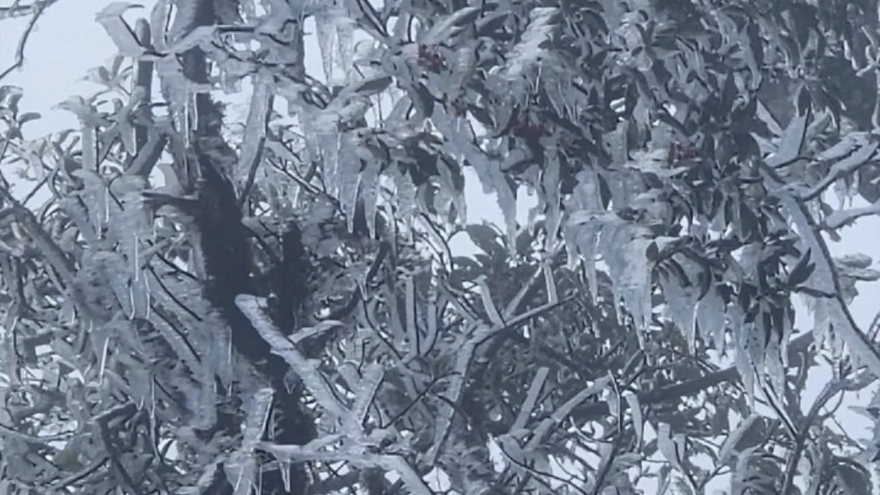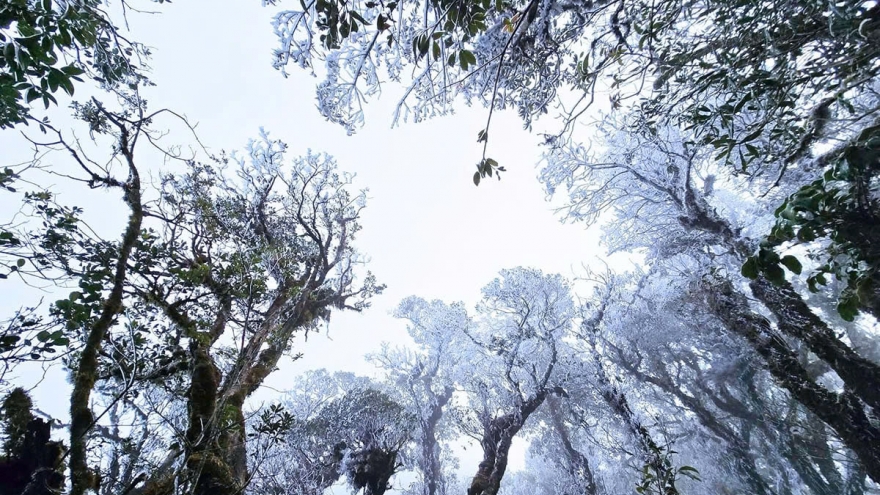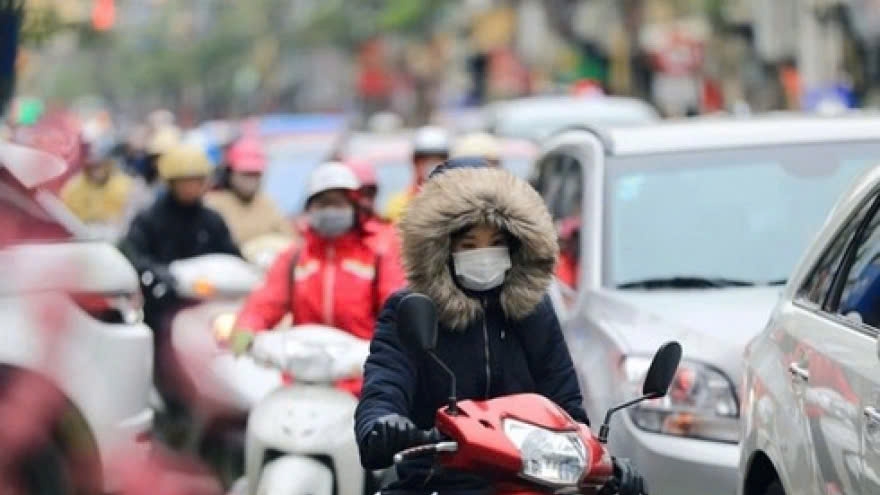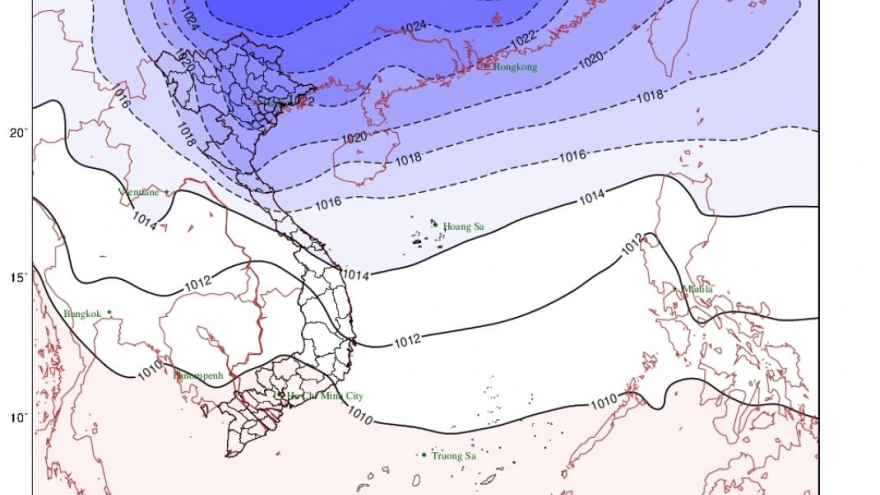Tag: Frost

Early frost blankets Y Ty, creating magical forest views
VOV.VN - On the morning of November 26, early-season frost appeared across many areas of Y Ty commune in northern mountainous Lao Cai province, covering grass and tree branches, creating a magical forest landscape.

Early frost hits Northern Vietnam amid strong cold spell
VOV.VN - An early frost surprised locals and tourists in Northern Vietnam on the morning of November 19, coating the road to the summit of Ta Xua Mt. in Lao Cai province with ice.

Strongest cold spell hits Northern Vietnam, temperatures drop to 13°C
VOV.VN - A strong cold air mass is moving southward and is expected to affect the Northern region on November 17, sending temperatures falling sharply to 13°C, according to the National Centre for Hydro-Meteorological Forecasting.

Frost surprisingly sets in up north in mid-March
VOV.VN - Outside temperatures dropped to 0°C overnight on March 18, causing frost to form on the peak of Ta Xua Mountain in Yen Bai province that stands at 2,865 meters above sea level.

Strong cold grips across Northern, Central Vietnam, temperatures drop sharply
VOV.VN - A strong cold front is moving southward and is expected to cover the entire northern and central regions of Vietnam on February 8 and 9 that will cause a significant drop in temperatures, with some areas experiencing cold, even freezing conditions.

Strong cold spell hits Vietnam, northerners fell bitter chill again
VOV.VN - A strong cold front is continuing to move southward on January 25, with its effects expected to intensify through the night, according to the National Centre for Hydro-meteorological Forecasting.

Strong cold air to grip across Northern Vietnam this week, frost expected
VOV.VN - After several days of dry and sunny weather, a cold air mass is projected to hit northern Vietnam in the middle of this week, bringing overcast skies, scattered light rain, and a significant drop in temperatures, according to the National Centre for Hydro-Meteorological Forecasting.

Frost covers Fansipan Mt. peak again on last day of 2024
VOV.VN - Due to the influence of a strong cold air mass from the North, frost appeared again at the summit of Fansipan on December 31, with temperatures dropping below 0°C.

Strong cold air sweeps across northern Vietnam, temperatures drop sharply
VOV.VN - A strong cold spell hit northern border localities of Vietnam early on November 26 and is sweeping across northern and north-central provinces in the coming hours, causing temperatures to drop sharply, according to the National Centre for Hydro-meteorological Forecasting (NCHMF).

Frost covers Fansipan Mountain peak in Lao Cai
VOV.VN - Frost covered the top of Fansipan Mountain, which is the highest peak in Indochina, in Sa Pa town in the northern mountainous province of Lao Cai early on November 23 as temperatures dropped to 2 degrees Celsius.
